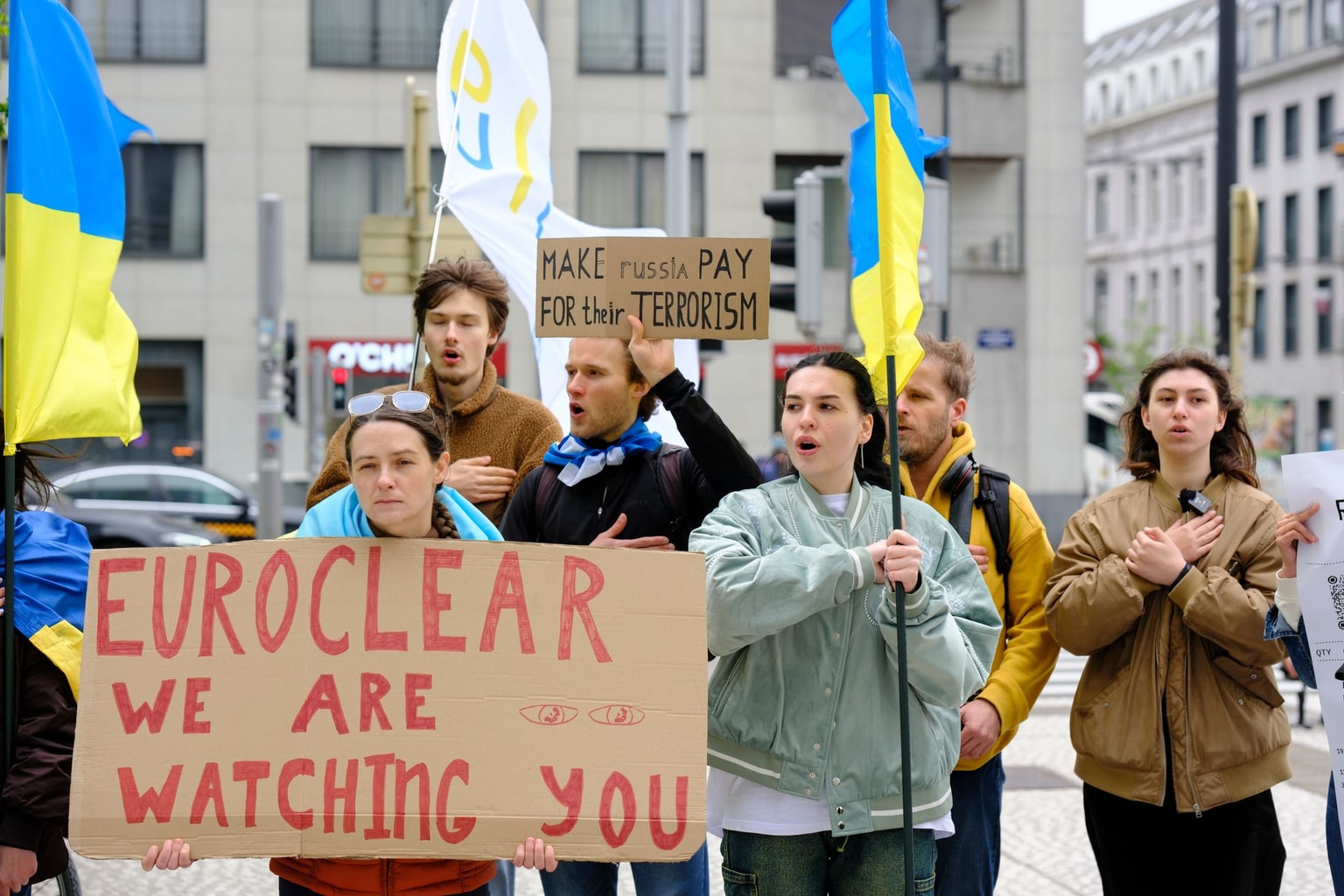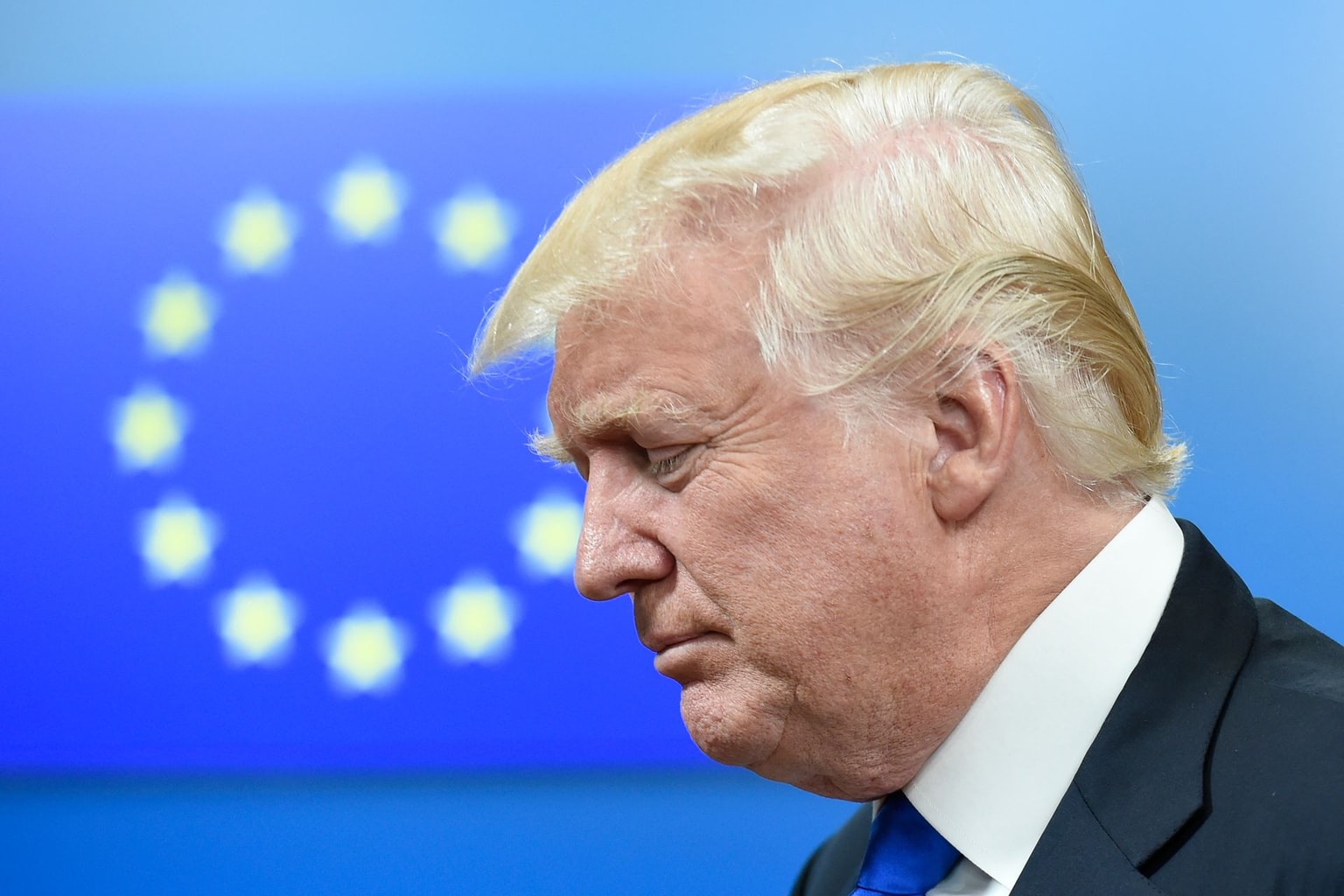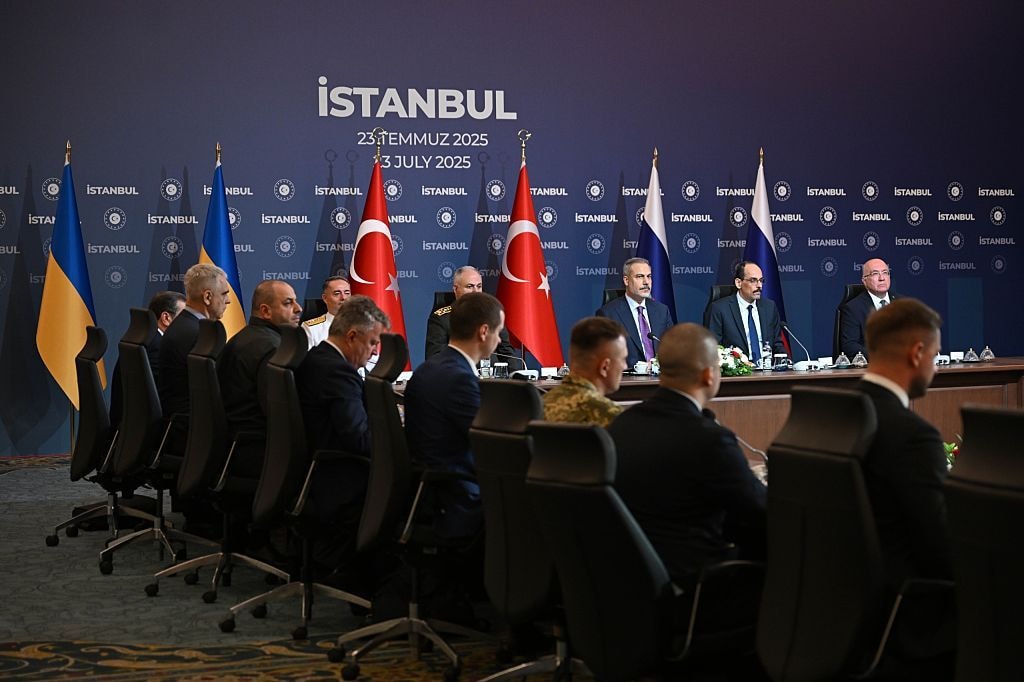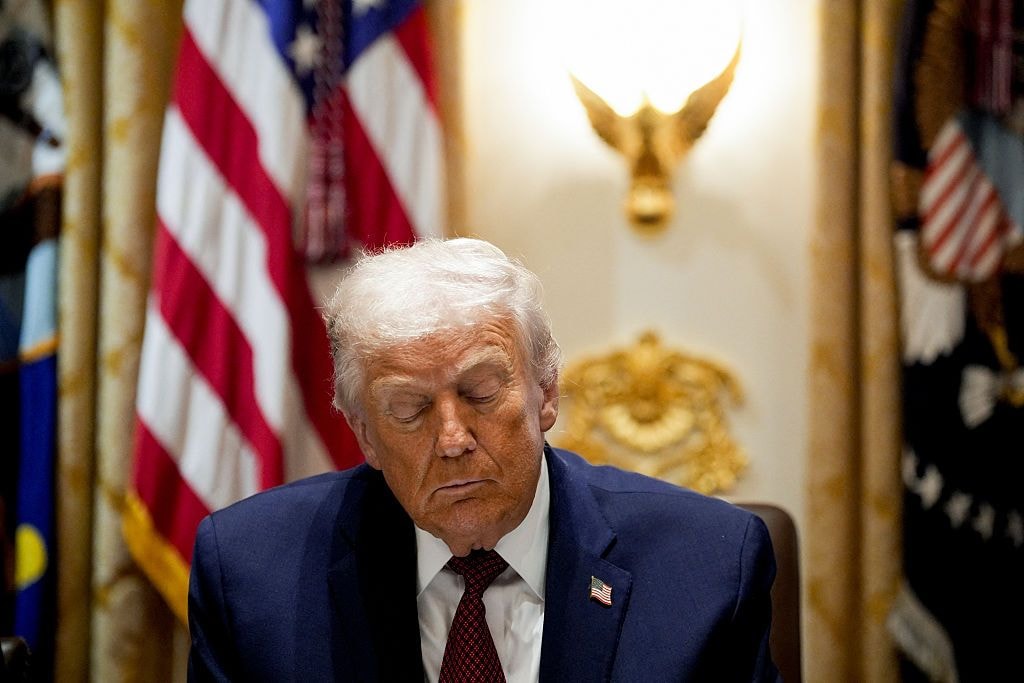Kyiv’s local authorities have recently opened 52 new emergency hubs equipped with power generators, Mayor Vitali Klitschko reported on Dec. 23. At these hubs, people can “warm up, recharge their gadgets, and get up-to-date information in the event of prolonged electricity and heating cut-offs in their homes,” Klitschko wrote on Telegram.
The additional emergency hubs were set up in the Holosiivskyi, Dniprovskyi, Obolonskyi, and Sviatoshynskyi districts of the capital, but the authorities plan to open more across the entire city, according to the mayor.
In total, 532 emergency hubs set up by the city are now functioning, with an additional 100 hubs funded by local businesses, reads Klitschko’s post.
Kyiv recently received 49 power generators from Latvia’s city Riga and nine generators from the Danish city of Odense, the mayor said.
Earlier on Dec. 19, Russia struck Kyiv and the oblast with Iranian kamikaze drones, injuring two people and damaging critical infrastructure and residential buildings. The attack led to a “significant” energy deficit in the Ukrainian capital, according to the country’s state grid operator Ukrenergo.
Serhiy Kovalenko, the CEO of local energy supplier Yasno, said that 10-hour-long power outages had become a “new reality” in Kyiv, and it is unclear how long it will take to return to scheduled power outages.
Russian troops have repeatedly attacked energy infrastructure across Ukraine since early October, killing dozens of people and causing electricity, water, and heating cut-offs.
Moscow has admitted that Ukraine’s energy system is one of its primary targets. According to the Geneva Convention, attacking vital public infrastructure constitutes a war crime.










